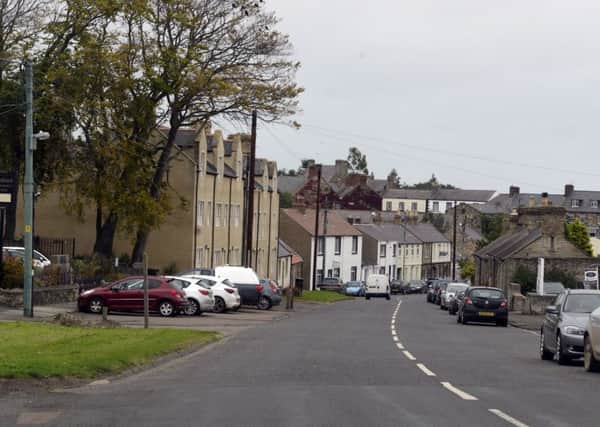Northumberland, History Society


Ralph spoke on Using Newspapers, reminding us of the vagaries of listing used by the newspaper section in Find My Past. Berwick Advertiser is to be found under T, The Berwickshire News under B and The Berwick Journal under I. Once you have mastered this then you can embark on your search. We also discussed the best way of printing these reports, most of us using “cut and paste” into Word.
Figures are often misrepresented in transcriptions of original newspaper articles so these need to be interpreted carefully. Articles are often copied from other sources, which can also lead to confusion, unreliability and errors.
Advertisement
Hide AdAdvertisement
Hide AdRalph suggested trying out the USA National Congress Library online resources for a wide selection of newspapers worldwide.
Enid detailed some of the main Scottish sources, which might not be familiar to all members. Scotland’s People is now free to search the index. Many types of BMD records give different amounts and types of information from those In England. For example, the official death registration will provide names of parents of deceased and sometimes the place of burial. Burial records in church registers are very variable, however, and often missing since they were not required until 1844. But Mort Cloth records are a valuable resource unique to Scotland. The Statistical Accounts are a wonderful and give a helpful picture of life in that place in mid-19 century.
Some counties have extensive graveyard surveys done by committed individuals. The Maxwell Ancestry website has many free online records available which are searchable. Enid brought along several reference books which she uses. These included Black’s book “Surnames of Scotland” and reprints of John Woods Maps from 1825 showing names of owners of property in towns and villages. Her final recommendation was for the madaboutgenealogy website which is a mine of information.
Val spoke on the current pilot scheme for obtaining birth and death certificates at a reduced price and its advantages.
Advertisement
Hide AdAdvertisement
Hide AdThe Census Indexes contain numerous transcription variations and errors, whether these were done for manual records or digital. Some suggestions included looking for similar names with variation of one letter at a time, searching for relatives living nearby other members of the family, avoiding entering too many precise details when searching online (less is more!), using wildcards and when to omit known information such as place of birth and gender. Searching for a known unusual forename in a family often leads you to another relative, instead of wading through numerous lists of John or Mary.
Always look at the original image for further clues, which may not be evident in a transcription. Never assume that John Smith and Mary Smith in the 1841 census are a married couple. They could be brother and sister, father and daughter or any other combination, especially when ages are inaccurate as was common in that census. Use the 1911 census to obtain names of children for whom you can search in later years.
Our next meeting will be on Saturday, April 21, at 10am when Carol Griffiths will talk about The Rise and Fall of the Forsters of Bamburgh. We meet at Bell View, Belford, at 9.45am for 10am start.